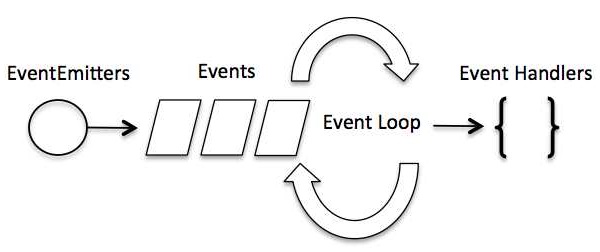Excercises JavaScript, ES 6, Node.js, Babel and Webpack
Explain differences between Java and JavaScript. Fact that Java is a compiled language and JavaScript a scripted language, and general differences in language features.
JavaScript, the programming language for behavior and interactivity, only works inside another application, usually the web browser, they all have a JavaScript engine inside them.
JavaScript is limited, it doesn't have access to the file system of the computer that it's running on. There are no words in JavaScript to open or save local files because that would be a security risk.
Compiling means computing from human readable code to computure readable code.
Key differences:
- Java is OO programming language while JavaScript is OO scripting language.
- Java creates applications that run on a virtual machine or browser, while JS runs on browser only.
- Java needs to be compiled, JS is all in texts
- Both requiere different plugins for each.
- with scripting we can execute small part of the code, but compiler has to compile all.
Explain the two strategies for improving JavaScript: ES6 (es2005) + ES7, versus Typescript. What does it require to use these technologies: In our backend with Node, in (many different) Browsers
TypeScript is a superset of JavaScript. ES2015 is the evolution of ES5. This relationship makes it easier to learn them progressively.
So what does TypeScript offer over ES2015?
- Types
- Interfaces
- Future ES2016+ features
Explain generally about node.js, and when it “makes sense” and npm, and how it “fits” into the node echo system.
Node.js is an open source project designed to help you write JavaScript programs that talk to networks, file systems or other I/O (input/output, reading/writing) sources. That's it! It is just a simple and stable I/O platform that you are encouraged to build modules on top of.
Node's Package Manager (npm) - online repository (the worlds largest ;-) for publishing open-source Node.js projects.
An event loop, is a loop that waits for and dispatches events in a program.
The operating system owns the event queue. The event loop pumps events from the event queue into the program for processing. So the event loop is the link between your program and the operating system.
Module bundling is simply the process of stitching together a group of modules (and their dependencies) into a single file(or group of files) in the correct order.
When you divide your program into modules, you typically organize those modules into different files and folders. Having separate < script > tags for each file means that the browser has to load each file individually, to get around this problem, we bundle all files into one big file (or a couple files) in order to reduce the number of requests.
- WebPack - open-source JavaScript module bundler. Packs many modules into a few bundled assets. Code Splitting allows to load parts for the application on demand.
- Babel - helps you write code in the latest version of JavaScript. When your supported environments don't support certain features natively, Babel will help you compile those features down to a supported version.
It is a literal expression, ignored by earlier versions of JavaScript. The purpose of "use strict" is to indicate that the code should be executed in "strict mode". With strict mode, you can not, for example, use undeclared variables. Declared at the beginning of a script, it has global scope (all code in the script will execute in strict mode).
Hoisting is JavaScript's default behavior of moving declarations to the top. In JavaScript, a variable can be declared after it has been used. JavaScript only hoists declarations, not initializations.
In JavaScript this always refers to the “owner” of the function we're executing, or to the object that a function is a method of. In Java, this refers to the current instance object on which the method is executed.
A closure is a special kind of object that combines two things: A function The environment in which that function was created. The environment consists of any local variables that were in-scope at the time that the closure was created Global variables can be made local (private) with closures. A closure is a function having access to the parent scope, even after the parent function has closed.
IIFE executes immediately after it’s created. The first pair of parentheses (function(){...}) turns the code within (in this case, a function) into an expression, and the second pair of parentheses (function(){...})() calls the function that results from that evaluated expression. This pattern is often used when trying to avoid polluting the global namespace, because all the variables used inside the IIFE (like in any other normal function) are not visible outside its scope.
Every JavaScript object has a prototype. The prototype is also an object. Objects created using an object literal, or with new Object(), inherit from a prototype called Object.prototype. All JavaScript objects (Date, Array, RegExp, Function, ....) inherit from the Object.prototype. With a constructor function, you can use the new keyword to create new objects from the same prototype: var newPerson = new Person("John", "Doe", 16); The constructor function is the prototype for Person objects.
In JavaScript, functions are first-class objects; that is, functions are of the type Object and they can be used in a first-class manner like any other object (String, Array, Number, etc.) since they are in fact objects themselves. Because functions are first-class objects, we can pass a function as an argument in another function and later execute that passed-in function or even return it to be executed later. This is the essence of using callback functions in JavaScript.

